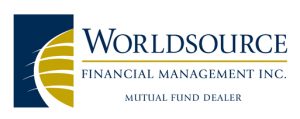What is an Exchange Traded Fund?
ETFs are a cross between a Mutual Fund and a Stock. Like a mutual fund an ETF contains a mix of stocks or bonds. Similar to a stock or a bond, you can buy and sell an ETF on a stock market.
How to use an ETF in your Portfolio?
Most investors use them to supplement their mutual fund portfolio’s by combining actively managed mutual funds with lower cost ETF’s. They use this mix to pursue long term goals, such as funding their retirement or growing wealth. This way you get the benefits of an Investment Manager overseeing your more aggressive asset classes and while taking advantage of lower cost of ETF’s.
Advantages of ETF’s
Compared to Mutual Funds ETFs have increased transparency so you know what your investment is holding each and every day.
ETF’s fees are typically lower than those of mutual funds.
ETF’s can be bought, sold, or transferred in the the same simple process of buying shares in a single, large company, since they are traded on public stock markets.
Disadvantages of ETF’s
When buying and selling ETFs you will likely trigger a trading fee each time you buy or sell. This is something that you aren’t likely to have when purchasing a traditional Mutual Fund.
Capital Gains are typically distributed as cash to the investor. This will need to be re-invested into another investment potentially causing an additional trading fee.
ETF’s flow their income directly through to the shareholder. If this is not desired (in a non-registered portfolio) there is a type of Mutual Fund (called Corporate Class) that can set it up to shelter a portion of these highly taxable income distributions.
Conclusion
ETF’s most definitely have a place in the modern investment arena. It takes a comprehensive financial plan to establish your goals and use the appropriate vehicle to reach those goals.
Contact Travis today at (604) 308-6030.

